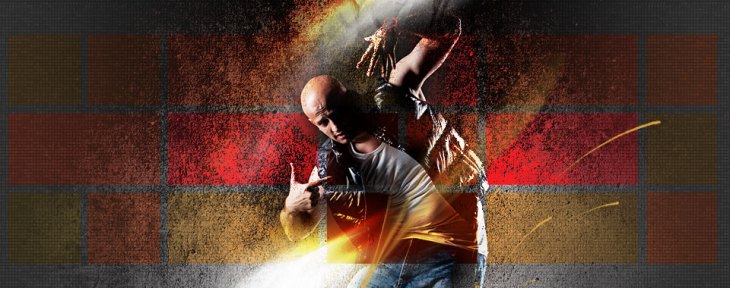Extreme Reality, an Israeli startup that provides 3D motion analysis for use with standard 2D cameras, has raised a new $10 million Series D round from existing investor Marker LLC and one of its client partners, which it declined to name, bringing the total funding for the six-year old company to $24 million. Extreme Reality’s tech is currently used in a number of mobile titles, including SEGA’s GO DANCE, which is essentially a Just Dance type of game that works on the iPad and iPhone instead of requiring something as advanced as the Microsoft Kinect.
The company provides their SDK publicly to developers as of a little while ago, and they’ve seen a big uptick in interest since, according to Extreme Reality CEO Sarit Firon. The investment will help to further those efforts, she says, and pursue additional markets.
“Extreme Motion skeletal technology became the primary focus of Extreme Reality just two years ago and we have only started marketing a product within the past 12 months,” Firon explained in an interview. “Our revenue thus far has been based on revenue sharing agreements with game developers and licensing agreements with other companies.”
Besides gaming, there are many other potential applications for Extreme Reality’s tech. One big area of opportunity is in personal security software and, and there’s a broader interest in the general consumer device market, too. I suggested that the tech might be the kind of thing that a major OEM wants to bring in-house and make exclusive, in the same way that Apple has done with Touch ID and its AuthenTec buy, for instance. Firon seemed cautious but not altogether dismissive regarding acquisition possibilities.
“We have a solid roadmap for building a long-term independent company,” she said. “The OEMs we are already working with find Extreme Reality appealing since it is a cross-platform technology that enables them to offer motion experiences to their customers on various platforms without the need for hardware modification. Various OEMs have discussed exclusivity engagements with us and we’ll have to see where it takes us in the future.”
Of course, there’s another recent high-profile development in the 3D motion space: Microsoft just shipped its Xbox One, with the included next-gen Microsoft Kinect. The Kinect was one of the least impressive features of the console, according to many of the reviews, however, which leaves one wondering how a much smaller company hopes to build mass appeal for a very similar tech.
“Consoles are aimed more at heavy gamers that play more and spend more money and time on games,” Firon contends. “Motion games are best suited to a more family oriented, casual gaming audience that typically does not purchase expensive consoles. Extreme Reality enables this larger audience to finally enjoy a motion experience on their existing devices (tablets, smartphones, PCs, etc.) using the front facing native camera.”
Lowering the bar is a key ingredient, and the company clearly hopes that injecting more funding into their open SDK program will help spur adoption even further. Full-body motion tracking on mobiles still seems a tough sell, but in theory if you could plug your iPhone into your TV and get a complete, interactive and active gaming experience on the big screen with Kinect-style powers, it could open up many new possibilities for mobile devs.
